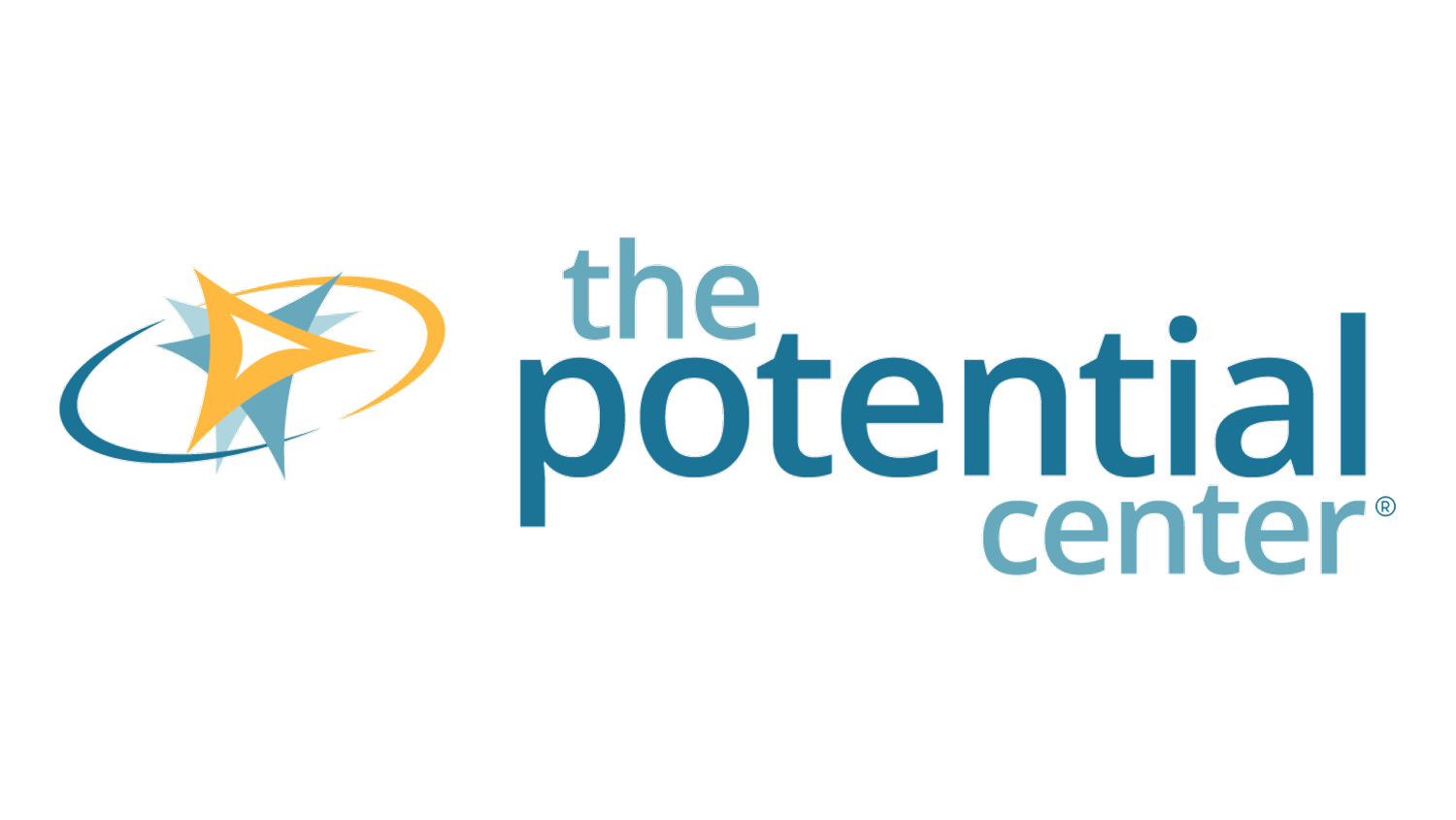Who Chooses the Best Idea?
Photo by alejandro-luengo on Unsplash
So far, so good.
In using the Light Bulb Thinking™ framework, your team has implemented stage one – planning the course for creatively solving your strategic or operational problem, and stage two – brainstorming together to come up with some captivating ideas. Now you’re at stage three – choosing – where you decide which idea(s) to move forward with. Who decides?
There can be a number of considerations:
If the whole team has worked together on the first two stages, does it make sense to use that strategy for choosing the best idea?
Are there legal, legislative, or IP issues that affect who should be involved in decision-making?
What’s your leadership style – do you lean more towards command-and-control leadership or servant leadership?
Who will look outside the organization to see what has been done elsewhere with this method, item or tool?
How do you get the customer’s voice into the decision-making mix?
Who, ultimately, makes the decision to move forward? Who knows that decision-maker best?
Gorilla Glass by Corning has had an enormous impact on smartphone durability. The company has changed the properties of its glass year on year. In 2016, version 5 of the glass was designed to resist shattering when dropped from a height of 5 feet, aka “selfie height”. By 2018, version 6 was designed to be resistant to cracking after 15 drops from a lower height (approx. 3 feet, aka a “fumble drop from your pocket”).
“You get to a point where there’s only so much you can do within a given family of glass compositions, and that’s when it becomes necessary to go to a completely new family of glasses that can offer some enhanced property that was not previously available,” says John Mauro, a professor of materials science and engineering at Penn State University, who had previously spent 18 years at Corning and worked on early versions of Gorilla Glass. “Every time we would come up with something, it would be the best we could do at that point, and then we’d have to top ourselves.” Thinking of that 20-year-period, Mauro was most struck by the change in how we interact with our computing devices. “Glass used to just be something you would look through. It was there but it was invisible, and nobody paid any attention to it. That it has become the primary interface between the human and the computer is really astounding.”
The goal for Gorilla Glass product performance wasn’t to “be better, by resisting one drop from a higher height than previously”. Instead “better” was based on what really mattered to customers.
* With thanks to Idea-to-Value and Wired
Now put yourself in the shoes of that development team and imagine what went into their decision-making:
What would the team composition have looked like?
What specific roles would the team members have had?
Who might have been involved in deciding which concept to move forward with?
What criteria might they have used to help them choose the best idea?
And:
Can you relate this example to your own organization or team?
What are the similarities/differences with your situation?
Choosing is the third stage of the Light Bulb Thinking™ framework.
Light Bulb Thinking™
With the right support, any organization, team, and individual can learn creative ways to solve problems. At The Potential Center™, our mission is to simplify the creative problem-solving and innovation process so you can address urgent, pervasive and expensive problems. All while building better working teams.
Light Bulb Thinking™ demystifies and systematizes the creative problem-solving and innovation processes to open the door to fresh ideas and creative strategic solutions.
Subscribe to the blog here.
…And help colleagues and friends that would also appreciate a creative perspective on solving problems – forward this post :).
I’d be happy to have a conversation if you’d like to further explore a particular concept, or if you’re stuck on how to make the shift towards more creative problem-solving in your organization. Contact me at Ellia@ThePotentialCenter.com and we’ll arrange a time to talk.


